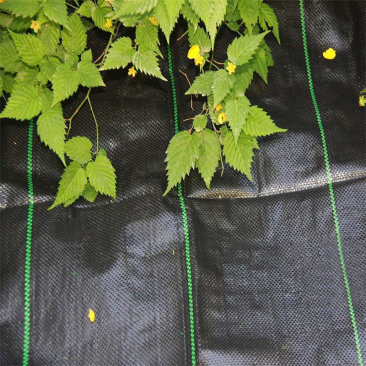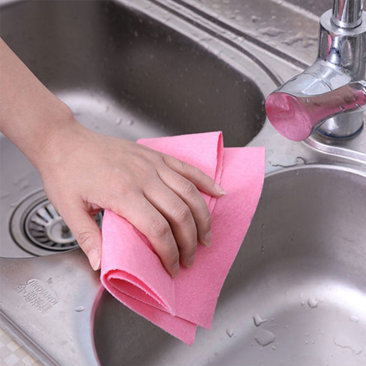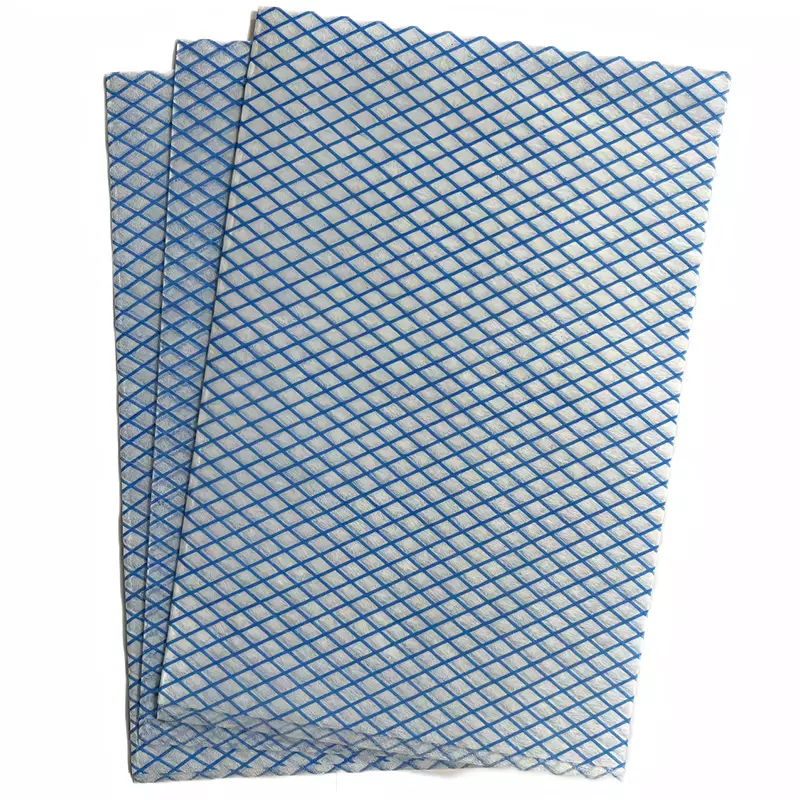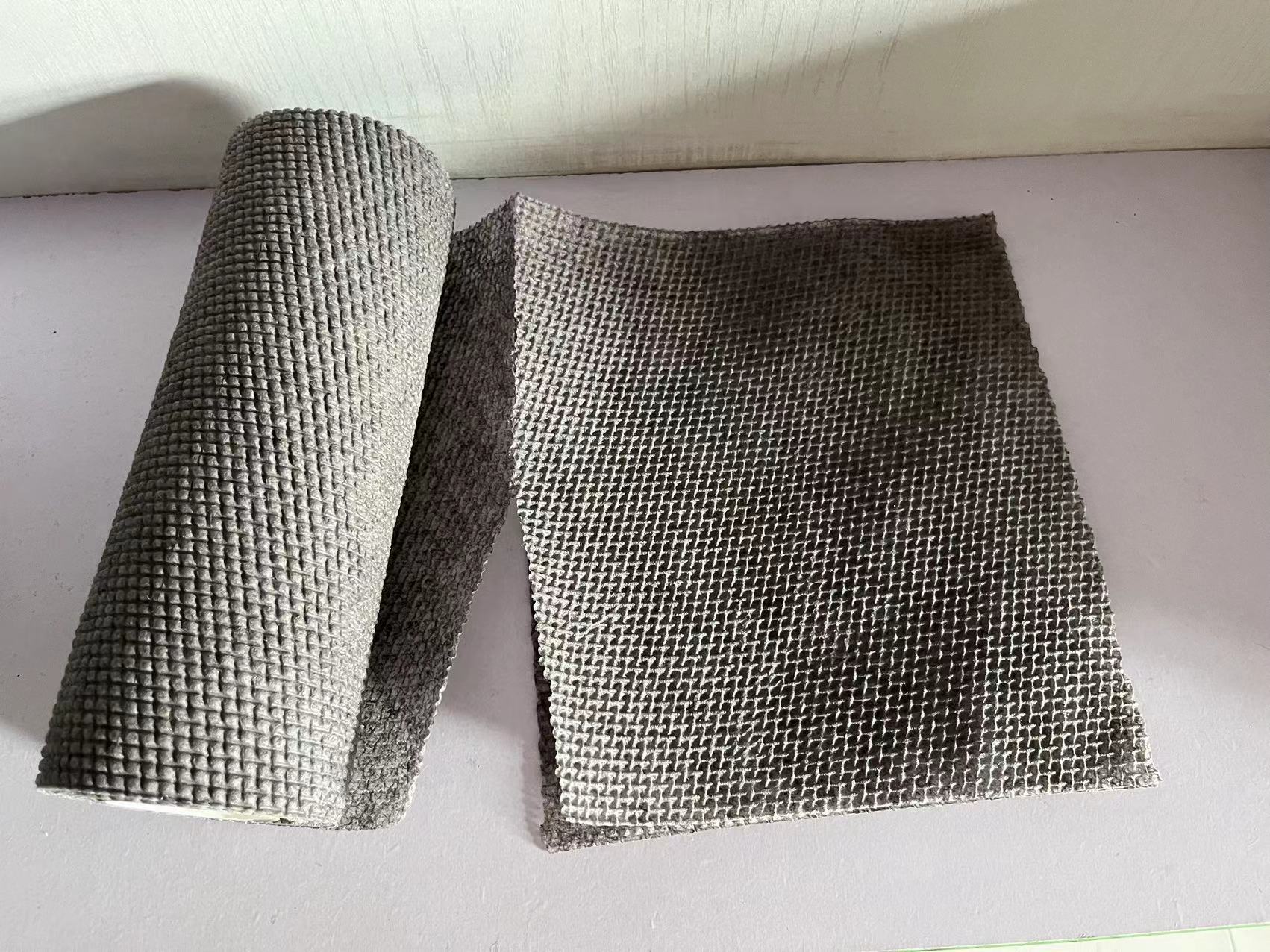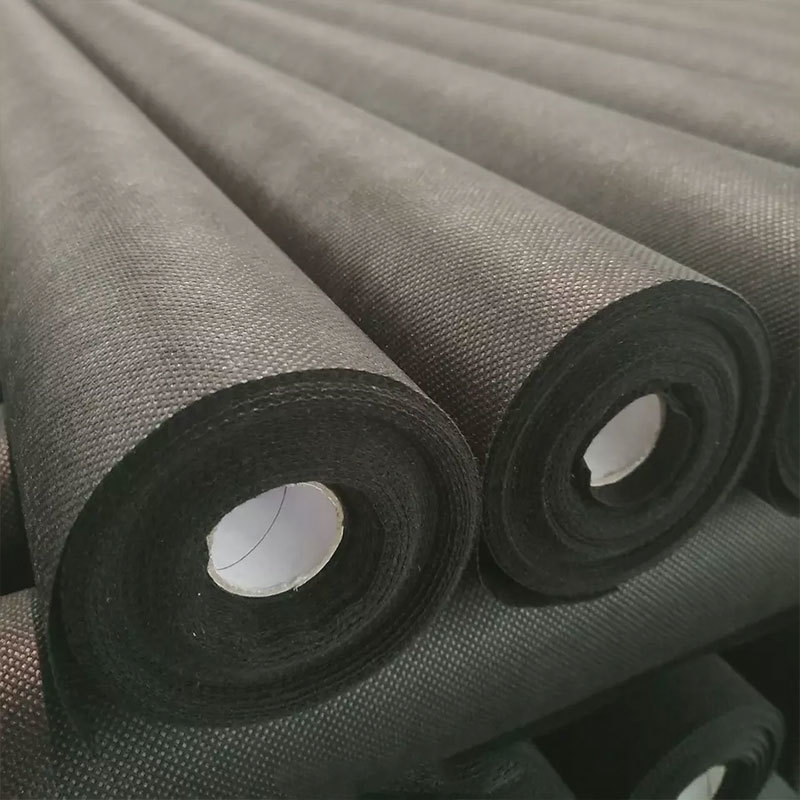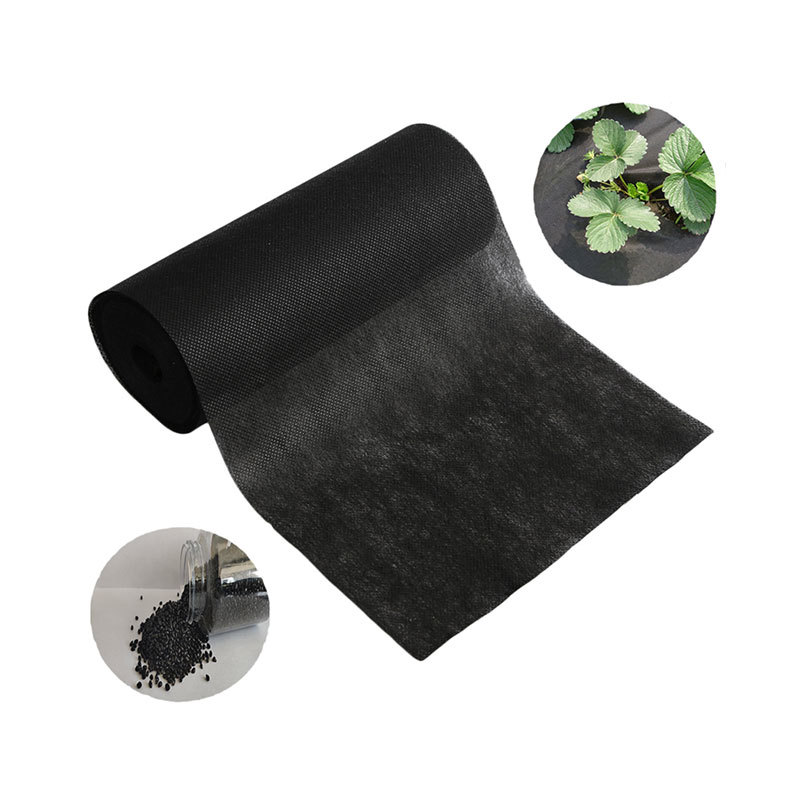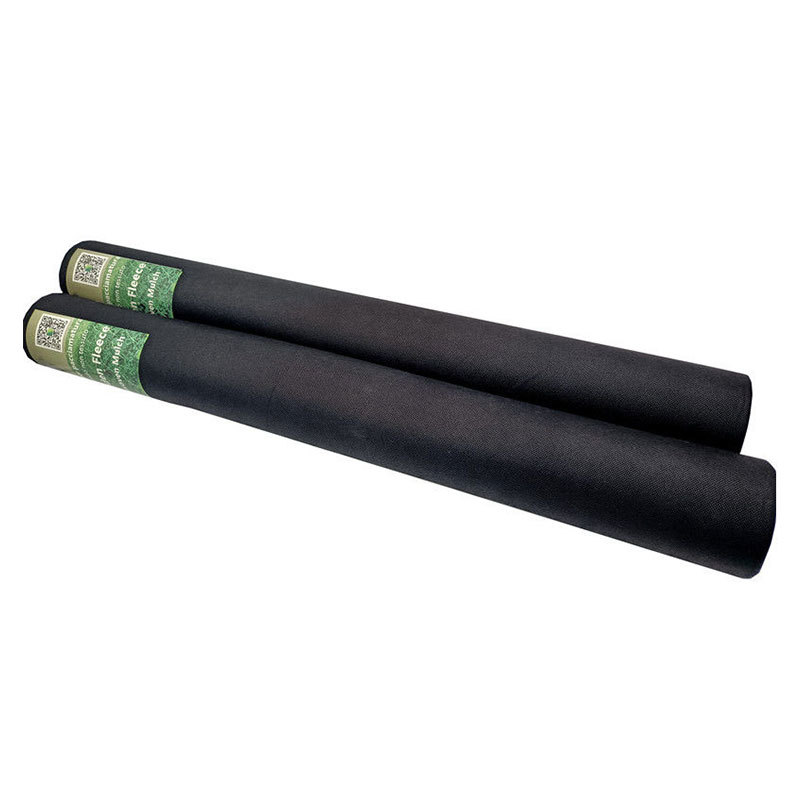15
2025
-
07
Top 5 Applications of Geotextile Landscape Fabric You Should Know
Top 5 Applications of Geotextile Landscape Fabric You Should Know As the construction and landscaping industries continue to evolve, **geotextile landscape fabric** has emerged as a game-changing material. Its versatility and effectiveness in various applications make it an indispensable tool for professionals and DIY enthusiasts alike. In this article, we will explore the **top five applications
Top 5 Applications of Geotextile Landscape Fabric You Should Know
As the construction and landscaping industries continue to evolve, **geotextile landscape fabric** has emerged as a game-changing material. Its versatility and effectiveness in various applications make it an indispensable tool for professionals and DIY enthusiasts alike. In this article, we will explore the **top five applications of geotextile landscape fabric**, showcasing how it can enhance your projects while ensuring sustainability and efficiency.
Table of Contents
1. Understanding Geotextile Landscape Fabric
2. Erosion Control and Prevention
3. Soil Stabilization for Landscaping
4. Drainage Improvement in Garden Beds
5. Weed Suppression in Landscaping Projects
6. Usage in Retaining Walls and Slopes
7. Frequently Asked Questions (FAQs)
8. Conclusion
1. Understanding Geotextile Landscape Fabric
Geotextile landscape fabric is a permeable textile that is used in landscaping and civil engineering projects. Made from synthetic fibers such as polypropylene or polyester, this material is designed to enhance the performance of soil and manage water flow. Its primary functions include:
- **Separation**: Preventing the mixing of soil layers
- **Filtration**: Allowing water to pass through while keeping soil particles intact
- **Reinforcement**: Providing additional strength to soil structures
Understanding the unique properties of geotextile landscape fabric is crucial before diving into its applications.
2. Erosion Control and Prevention
One of the most important applications of geotextile landscape fabric is in **erosion control**. Erosion can be caused by factors such as heavy rainfall, wind, and human activities, leading to the loss of valuable topsoil and degradation of landscapes. Here’s how geotextile fabric helps:
- **Stabilizing Slopes**: The fabric acts as a barrier that holds soil in place, preventing it from being washed away during heavy rains.
- **Encouraging Vegetation Growth**: By controlling erosion, the fabric allows grass and plants to establish roots, further binding the soil and reducing erosion risk.
Incorporating geotextile fabric in areas prone to erosion can save time and resources while creating a sustainable solution for long-term landscape integrity.
3. Soil Stabilization for Landscaping
Geotextile landscape fabric is particularly beneficial for **soil stabilization**. In landscaping projects, unstable soil can lead to a host of problems, including uneven surfaces and structural failures. Here’s how geotextile fabric assists in stabilization:
- **Improved Load Distribution**: The fabric helps distribute loads evenly across the soil, significantly reducing the risk of settling or shifting.
- **Preventing Soil Compaction**: By separating different soil layers, the fabric helps maintain the integrity of the soil structure, preventing compaction and allowing for better drainage.
Utilizing geotextile fabric in landscaping not only enhances aesthetic appeal but also ensures the longevity and durability of the project.
4. Drainage Improvement in Garden Beds
Optimal drainage is essential for healthy plant growth. Geotextile landscape fabric plays a pivotal role in improving drainage in garden beds. Here’s how:
- **Enhanced Water Flow**: The permeable nature of geotextile fabric allows excess water to drain away efficiently, preventing waterlogging and root rot.
- **Soil Retention**: While allowing water to escape, the fabric keeps soil in place, ensuring that your garden bed remains intact and productive.
For anyone looking to create a thriving garden, incorporating geotextile fabric will provide the necessary conditions for plants to flourish.
5. Weed Suppression in Landscaping Projects
Another significant application of geotextile landscape fabric is its ability to suppress weeds. Weeds can compete with desired plants for nutrients and water, leading to poor growth. Here’s how geotextile fabric helps:
- **Barrier Against Weeds**: The fabric acts as a physical barrier that restricts weed growth while allowing air and water to pass through.
- **Reduced Maintenance**: By suppressing weeds, the need for constant weeding and maintenance is significantly decreased, allowing for more time spent enjoying the landscape.
Using geotextile fabric not only aids in maintaining a clean and organized garden but also promotes healthier plants by minimizing competition.
6. Usage in Retaining Walls and Slopes
Geotextile landscape fabric is essential in the construction of retaining walls and on sloped areas. Here’s how it contributes to structural integrity:
- **Reinforcement**: The fabric strengthens the soil behind retaining walls, distributing pressure and preventing wall failure.
- **Drainage Management**: By managing water flow, geotextile fabric helps prevent hydrostatic pressure buildup, which can compromise the stability of retaining walls.
Implementing geotextile fabric in retaining wall projects ensures safety and durability, making it a wise choice for any construction professional.
7. Frequently Asked Questions (FAQs)
What is geotextile landscape fabric made from?
Geotextile landscape fabric is typically made from synthetic fibers, such as polypropylene or polyester, which are designed for durability and permeability.
How long does geotextile landscape fabric last?
When properly installed and maintained, geotextile landscape fabric can last for many years, often exceeding a decade depending on environmental conditions.
Can geotextile fabric be used in wet climates?
Yes, geotextile fabric is designed to manage water flow, making it ideal for wet climates where drainage and erosion control are critical.
Is geotextile fabric environmentally friendly?
While geotextile fabric is typically made from synthetic materials, it helps promote sustainable practices by improving soil health and reducing erosion.
How do I install geotextile landscape fabric?
Installation involves clearing the area, cutting the fabric to size, and securing it in place with stakes or soil. Proper installation is crucial for achieving the desired benefits.
8. Conclusion
In summary, geotextile landscape fabric is a versatile and effective solution for various landscaping applications. From **erosion control** to **weed suppression**, its benefits are extensive. By understanding and implementing geotextile fabric in your landscaping projects, you can enhance soil stability, improve drainage, and promote sustainable practices. Whether you are a professional contractor or a DIY enthusiast, recognizing the advantages of geotextile landscape fabric will undoubtedly transform the way you approach outdoor projects, ensuring you achieve long-lasting and beautiful results.
geotextile landscape fabric


